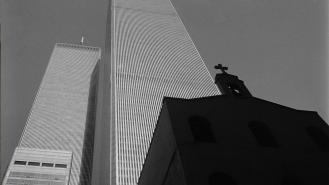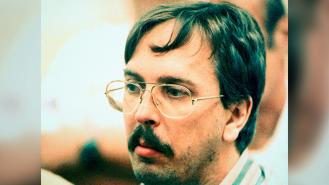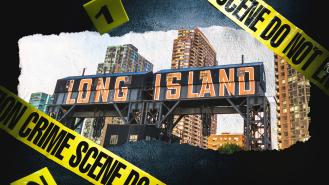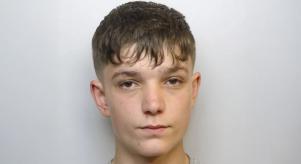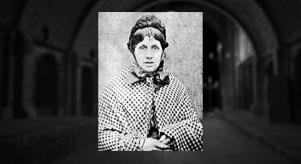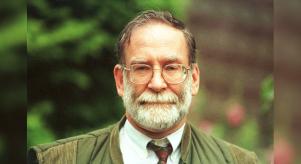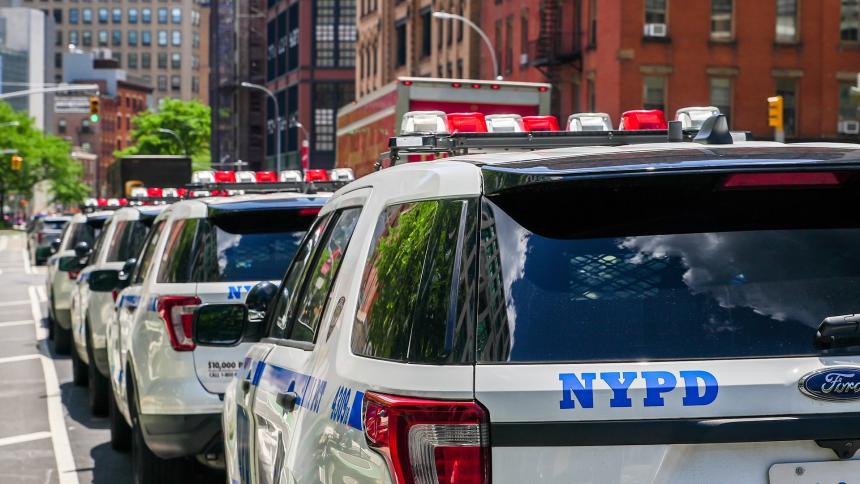
New York's only recorded homicide on 9/11
On 11th September 2001, 19 terrorists hijacked four commercial planes flying from the East Coast to California. The first two planes hit the Twin Towers in New York City, the third crashed into the Pentagon and the fourth came down in rural Pennsylvania. Altogether, 9/11 killed nearly 3,000 people, injured countless more and caused $10 billion in damage.
For many, time stood still that day – but not for Henryk Siwiak. Shortly before midnight, in the aftermath of the attacks, he was shot dead just a few miles away from the World Trade Centre. He was the last person killed in New York on 9/11 and his case still hasn’t been solved.
The day
Henryk Siwiak was a Polish national living in New York at the time of the attacks. Despite not having a work permit, he picked up enough odd jobs to send money back each month to his wife and two children in Kraków. He hoped to return to his family one day and rebuild their life together.
Despite missing home, he wasn't completely alone in America – his sister, Lucyna, lived in Far Rockaway, Queens. Unlike Henryk, she didn’t have rose-tinted glasses on about her life in the Big Apple. She later revealed to reporters, ‘We told him New York could be a dangerous place, but he didn't believe it.’
That year, Henryk had a stable job at a construction site in Lower Manhattan. However, the area was evacuated on the morning of the attacks, and the project was indefinitely paused. This was a huge setback for Henryk, who desperately needed the money. Unable to wait, he found a vacant cleaning position in a Brooklyn supermarket ready to start that night.
The crime
Before heading to the job, Henryk called his wife to let her know he was okay. Despite having seen the planes hit the Twin Towers, he was still unaware of the magnitude of the attack. This might explain why he felt confident enough to travel that night.
Ewa, however, had been watching the events unfold from Poland. Much like her sister-in-law, she pleaded with him to stay home amid the heightened tensions. ‘I told him just in case, don't leave tonight because it can be dangerous in New York.’ Yet, Henryk remained stubbornly undeterred and asked his landlady to help plan his route.
Unfamiliar with the area, his landlady directed him to Albany Avenue – a dangerous neighbourhood known for violent crime. But the job was actually three miles to the south. Before leaving, Henryk dressed in his favourite outfit, ‘a camouflage surplus jacket with matching pants that he had bought at a local Salvation Army store’.
After a short journey, he exited the train around 11pm and walked to the location. At approximately 11:40pm, residents heard shouting and gunshots. Nobody saw what happened but later found out Henryk had been fatally shot once in the lung.
He staggered towards a house frantically searching for help, leaving a trail of blood behind him. A local woman recalled: ‘I heard the bell ringing, but I wasn't answering it after I heard those shots.’ At 11:42pm, someone called 911. Minutes later, an ambulance responded, and Henryk was pronounced dead at the scene.
While the terror attacks claimed the lives of 2,753 people in New York that day, those deaths weren’t classified as murders. Therefore, Henryk Siwiak was technically the only homicide victim in the city on 9/11.
Wrong place, wrong time
At any other time, in any other place, Henryk’s murder might have been solved. There would have been dozens of officers working the case, canvasing the neighbourhood, collecting evidence and interviewing suspects. However, the NYPD could only spare three. Michael Prate, the cold case detective now in charge of the case, said: ‘The Police Department gave that investigation what it could do that day.’
The only leads they had were shell casings from a .40 calibre handgun and the testimonies from frightened residents. Henryk still had money in his wallet, which suggested it might have been a botched robbery.
Lucyna thinks the attacker[s] may have mistaken Henryk for a terrorist. According to her, his clothes looked military and his dark complexion could have easily been mistaken for someone of Arab descent. ‘I think maybe it was a mistake. There were many angry people.’
On the other hand, the police don't have any evidence of a hate crime. Michael Prate thinks it's more likely that Henryk was the victim of an opportunistic assault. ‘He likely would not have understood what was happening if someone attempted to rob him.’
To this day, Henryk’s murder hasn't been solved, but Michael Prate remains hopeful of a resolution. His family are less optimistic. Lucyana said in an interview, ‘Everybody cares about [the] World Trade Centre. This is only one simple death of a very, very simple man.’
